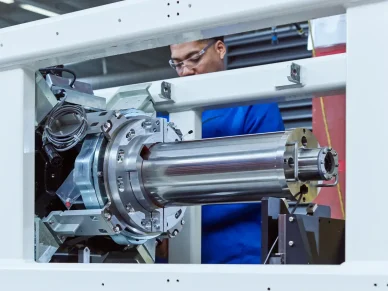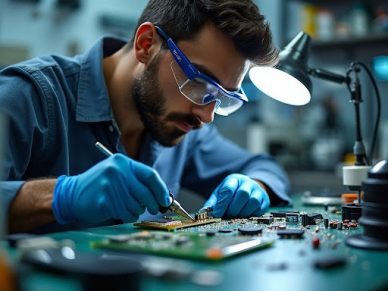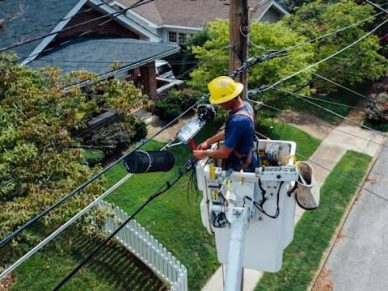Report of room-temperature superconductor sets scientific community alight

The scientific community was abuzz in July after a South Korean team from the Quantum Energy Research Center uploaded a paper to arXiv claiming to have discovered a room-temperature superconductor they dubbed LK-99. If confirmed, the find would be monumental. Superconductivity – the transmission of electricity with no energy loss – has only been found to occur at temperatures near absolute zero or at extremely high pressures. An easily accessible room-temperature superconductor, particularly one made from cheap materials as LK-99 was, would be like bringing CERN to everyone’s living rooms.
As is usually the case with things that seem too good to be true, LK-99 was. Red flags appeared immediately. The first was that Young-Wan Kwon, the former CTO of the research center who had since departed, first uploaded a paper titled “The First Room-Temperature Ambient-Pressure Superconductor.” Kwon was at the center during most of LK-99’s development but left in March. The hasty posting of that paper prompted Sukbae Lee and Jihoon Kim (the L and K that give LK-99 its name) to post their own version, “Superconductor Pb10-xCux(PO4)6O showing levitation at room temperature and atmospheric pressure and mechanism.”
While a computer simulation by Lawrence Berkeley National Laboratory physicist Sinead Griffin gave some hope that LK-99 could in fact be a superconductor, real-world tests soon proved otherwise.
An Anti-SC

In addition to its seeming superconductivity, LK-99 appeared to levitate in a video Lee and Kim posted on social media. Researchers all over the world began putting together their own samples of LK-99 – made from copper, lead, phosphorous, and oxygen – and began conducting their own experiments.
A few, including scientists at China’s International Center for Quantum Materials, concluded that LK-99 is experiencing ferromagnetism, a phenomenon in which electrically uncharged materials strongly attract others. Derrick VanGennep, a former condensed-matter researcher at Harvard, pointed out that superconductors levitating over magnets can be spun or held upside-down, whereas the video of LK-99 showed it seemingly sticking to a magnet. Peking University researchers called it “half-levitation” due to ferromagnetism, Nature reported.
So not only is LK-99 not a room-temperature superconductor, the Condensed Matter Theory Center at the University of Maryland found its resistivity to be a billion times higher than copper. “LK99 seems to be an Anti-SC,’ the center concluded.
“I think things are pretty decisively settled at this point,” Inna Vishik, a condensed-matter experimentalist at the University of California, Davis, told Nature.
Why, then, did the Quantum Energy Research Center team think LK-99 had superconductive abilities? University of Illinois chemist Prashant Jain concluded it was because of impurities, particularly copper sulfide.
“They were very precise about it: 104.8º C,” Jain told Nature. “I was like, wait a minute, I know this temperature.”
At 104º C, copper sulfide transitions phases and its resistivity changes. “I was almost in disbelief that they missed it,” Jain said.
Search Continues

All signs point to LK-99 not being a room-temperature superconductor. That’s a shame, because such a discovery would change so many things about the world as we know it. Being able to bring resistance close to zero would make our electric grids 10-15% more efficient. It would help build super-fast quantum computers and make it cheap to build high-speed magnetic levitation trains.
“The sky is the limit here,” Giuseppe Tettamanzi of the University of Adelaide’s school of chemical engineering told CNET.
So researchers will continue the search for a room-temperature superconductor. With all the attention and experimentation the LK-99 saga brought, it could plant the seed of a new search method that bears fruit.
LK-99 isn’t the answer, but one could still be out there, waiting to be discovered.
















Leave a Reply